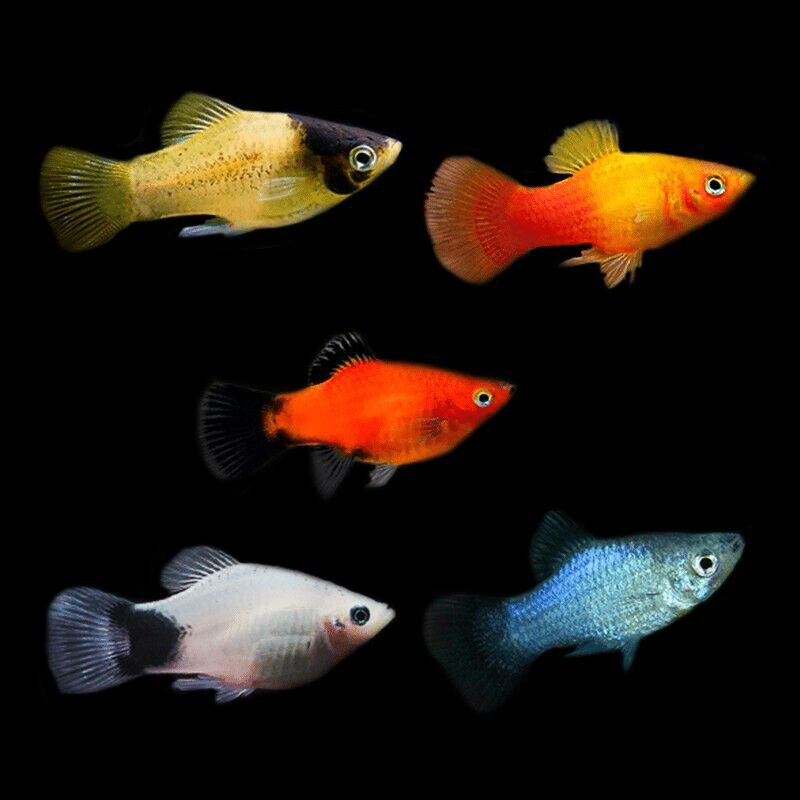To provide the best experiences, we use technologies like cookies to store and/or access device information. Consenting to these technologies will allow us to process data such as browsing behaviour or unique IDs on this site. Not consenting or withdrawing consent, may adversely affect certain features and functions.
The technical storage or access is strictly necessary for the legitimate purpose of enabling the use of a specific service explicitly requested by the subscriber or user, or for the sole purpose of carrying out the transmission of a communication over an electronic communications network.
The technical storage or access is necessary for the legitimate purpose of storing preferences that are not requested by the subscriber or user.
The technical storage or access that is used exclusively for statistical purposes.
The technical storage or access that is used exclusively for anonymous statistical purposes. Without a subpoena, voluntary compliance on the part of your Internet Service Provider, or additional records from a third party, information stored or retrieved for this purpose alone cannot usually be used to identify you.
The technical storage or access is required to create user profiles to send advertising, or to track the user on a website or across several websites for similar marketing purposes.
Red Devil Vampire Crab - Geosesarma Hagen - Decapod Crustacean 4 × £8.71


 Red Devil Vampire Crab - Geosesarma Hagen - Decapod Crustacean
Red Devil Vampire Crab - Geosesarma Hagen - Decapod Crustacean 












Emily Carter (verified owner) –
I recently purchased 10 assorted colours of Platies, and I couldn’t be happier! These tropical fish are not only beautiful but also incredibly lively. After about a week in my 20-gallon tank, I noticed how well they adapted. They swim around joyfully, showcasing their stunning colors, which brightens up my entire aquarium. Their friendly nature makes them perfect for community tanks, as they get along with my other fish without any issues.
Compared to other livebearers I’ve kept, these Platies are just delightful; they have such an engaging personality. I also appreciate that they’re hardy, which is great for both beginners and experienced aquarists. However, I did notice one of them had a bit of fin damage upon arrival, but after some TLC and adding stress coat, they bounced back quickly!
If you’re looking for vibrant, easy-to-care-for tropical fish, these Platies are an excellent choice. I’d recommend them to anyone wanting to add a splash of color and energy to their aquarium. Just be sure to provide them with plenty of swimming space and some plants to explore!
Emily Carter (verified owner) –
I recently purchased the 10 assorted colours of platies, and I couldn’t be happier! As a passionate fish parent, I prioritize the health and happiness of my aquatic friends, and these platies have exceeded my expectations. They arrived in perfect condition, vibrant and lively, and it has been a delight watching them adapt to their new home over the past two weeks.
The colours are stunning—each fish is unique and truly enhances the overall aesthetic of my community tank. I’ve noticed they get along beautifully with my other peaceful fish, and their playful nature has brought so much joy to my daily routine. Compared to other tropical fish I’ve kept in the past, these platies are so much easier to care for, making them ideal for both beginners and experienced hobbyists alike. The only thing to note is that they can be a bit shy initially, but with time, they become more adventurous.
I highly recommend these platies for anyone looking to add a splash of colour and personality to their aquarium. They are a wonderful addition to any peaceful tank and are truly thriving companions for your aquatic friends!